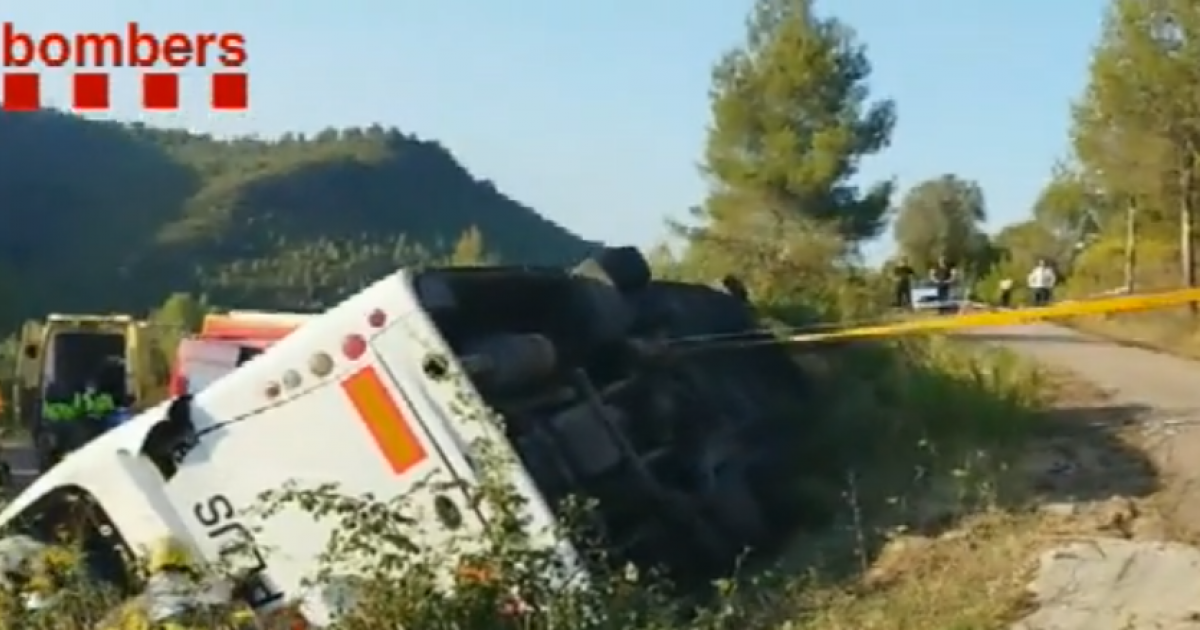Not only the icons of the national park, i.e. Pravčická brána and Sokolí hnízdo castle, were saved, but also some forests inside the fire area, especially deciduous ones. According to the data obtained from the measurements of scientists from the Faculty of Forestry and Wood of the Czech University of Applied Sciences in Prague, in the last four years, more than two thirds of this area before the fire consisted of spruce forests after bark beetles.
–
According to Surový, the pictures were taken on Thursday morning. “The front of the fire has already passed, it’s over. Those trees are standing,” said Surový, who heads the department of forest management. According to Surový, new images are not available because it is cloudy.
–
They limited monocultures
On the way from Hřensko to Mezní Louka, leafy trees could be seen on the incineration site. The administration of the Czech Switzerland National Park planted deciduous trees in vacant places after trees destroyed by bark beetles. The park administrators tried to limit spruce monocultures by logging even before the bark beetle disaster.
–
Deciduous trees remained standing mainly if they were in a larger group. “Unfortunately, during the fire, they took the rejuvenating stands for themselves. The beeches and birches, which were 30 meters high, have disappeared,” said the park’s spokesman Tomáš Salov, who had already had the opportunity to look at the fire scene. According to him, in 2018, spruces were transported from the vicinity of Hřensk, a 40-hectare clearing was created and several smaller ones, as well as a safety belt along the road from Hřensk to Mezní Louka. According to Salov, there was relatively little dead wood, fragments of stands that remained standing.
–
But there was a very thick layer of organic material, fallen needles, twigs and branches that had accumulated there for decades. As soon as this layer, which is very flammable, starts to burn, even the rejuvenation will die,” said Salov. They also took the leafy trees that were located separately around the burning area.
–
The last time was in 1842
According to Salov, the last big fire in the Hřensk region was in 1842. At that time, 85 hectares of forest burned on the Czech side and 95 hectares on the German side. Since then, the countess has been saving there. “We see the problem in the thick layer of organic material, which is why we wanted to discuss with the public about controlled heat management, which is discussed in the park management policy document. This is the only way to get rid of this thick layer of organic material in controllable conditions, in which we see the greatest fire risk,” said Salov. Deciduous trees are not so rich in various essential oils and resins that burn well.
—


